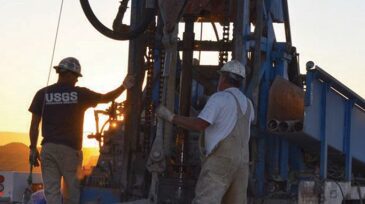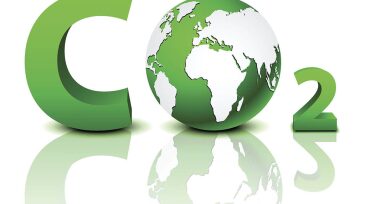unconventional resources
-
The US rig count has inched up recently, and the driver has been the old reliable of onshore oil production, the Permian Basin. With surging production, the Permian is the only major US oil shale play to grow since crude prices began to fall.
-
A long-time energy industry executive and chemical engineer has built a new water treatment system that he says can increase recovery rates from shale wells without using chemicals and will recycle all the water used in the process.
-
Wireline continuous coring (WCC) has been adapted from the mining industry for unconventional resources. This paper is aimed at identifying and addressing complications experienced in the use of WCC.
-
Shell has reaffirmed its commitment to the shale business and views it as a growth opportunity moving into the 2020s
-
The list of the biggest gas plays in the US is being revised as the US Geological Survey creates new estimates based on additional drilling results and available rock samples. New at Number 2 is the Mancos Shale on the Western Slope of the Rockies with 66 Tcf in recoverable reserves.
-
Saudi Aramco's Manifa field demonstrates that our industry can operate in harmony with the environment. Industry needs to minimize the impact of drilling and producing unconventional resources.
-
This paper describes how seismic reservoir integration, advanced production analysis, and accurate nanoscale and 3D full-field simulations may address profitability issues and help oil companies to be more efficient in developing unconventional portfolios.
-
This paper presents results from the analysis of the effect of in-fill drilling on parent-well performance, and describes a simplistic approach to understanding the effect of the quest for operational efficiencies and economic cycles on development strategies.
-
With the current changes in the industry, are we seeing the demise of unconventional developments? No, clearly not. The unconventional industry is adapting to deliver the energy demands of the future despite the low oil price.
-
In this study, detailed petrophysical and geological field models focusing on the middle and lower members of the Bakken Formation were developed.










